Water Analysis Methods
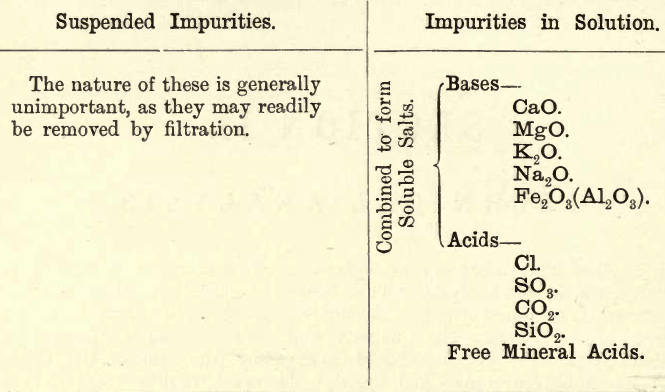
In this section eight chapters are given, each dealing with one or more technical methods of analysis. The typical technical method should be quick, accurate, and inexpensive. Accuracy may to some extent be sacrificed in favour of speed when the quantity and effect of such inaccuracy are approximately known, yet it should always be the […]
Chimney / Furnace Gase Analysis
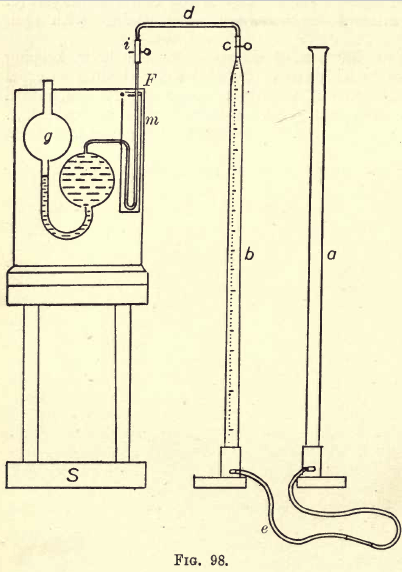
In chimney or furnace gases the estimations usually made are the percentages by volume of oxygen, nitrogen, carbon-monoxide, and carbon-dioxide. The more refined methods of gas analysis are too slow for technical requirements, and are replaced by the Elliott, Hempel, or other methods. The method here to be described is that of Hempel, and differs chiefly from the Elliott and others […]
Coal and Coke Analysis

For technical purposes the following estimations may be required: Moisture, Volatile Matter, Ash, and Fixed Carbon; Sulphur, and Phosphorus. Carbon and Hydrogen by ultimate organic analysis. The calorific (or heating) power of the coal. Besides the chemical analysis of cokes, there are required the “Crushing resistance,” “Porosity,” and “Specific Gravity.” For information concerning these tests, and […]
Chemical Composition of Cements
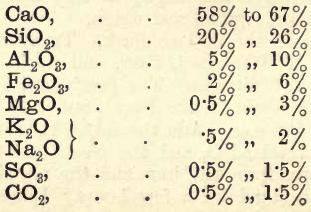
A suitable material for the student to operate on is the well known brand —Portland Cement. As the student has already examined in detail a silicate, the following notes are given somewhat briefly. A good cement should consist chiefly of SiO2 and CaO, with a little Al2O3 and Fe2O3, and less than 2% MgO, and […]
Shale Oil, Petroleum, and Lubricating Oil Analysis
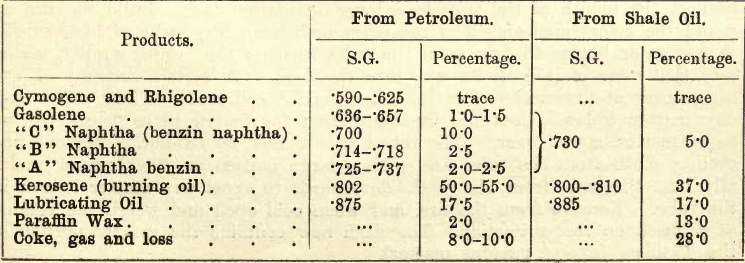
The subject here touched upon is one that can only be successfully handled by an expert chemist with a thorough training in both inorganic and organic chemistry; yet, as the metallurgical chemist may be asked to value a shale or petroleum, examine an oil for lubricating purposes or for the preservation of winding ropes—for these […]
Iron & Steel Composition
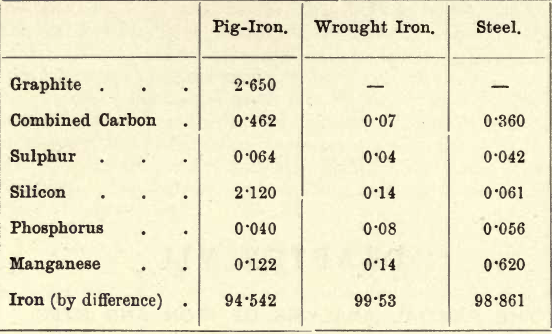
Such matter is presented in this chapter as will give the student some insight into the methods of analysis used in the technical examination of iron and steel. The nature of this work prevents a detailed treatment of the subject—a treatment which may demand an estimation of any one or more of the following substances:—Carbon […]
Copper & Lead Slag Analysis
For technical purposes it is rarely necessary to determine all the constituents present in a slag. The lead or copper smelter wishes to know the lead or copper contents of his slags; also their silver and gold contents (if any), and, as a rule, the silica, ferrous oxide, and lime present. Certain other constituents, such […]
Dry Gravimetric Methods of Assaying
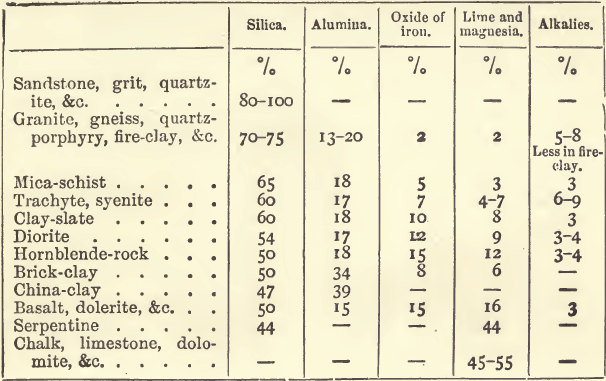
The methods of assaying are best classed under two heads, Gravimetric and Volumetric, in the former of which the final results are weighed, whilst in the latter they are measured. A commoner and older division is expressed in the terms much used in practice —wet assays and dry assays. Wet assays include all those in […]
Wet Gravimetric Assay Methods

In dry assays the metal is almost always separated and weighed as metal; in wet gravimetric assays the metal is more usually weighed in the form of a definite compound of known composition. The general methods of working resemble those of ordinary chemical analysis, and their successful working is greatly helped by a knowledge of, […]
Sample Weighing & Measuring for Assaying

Weighing.—The system of weights and measures which we have adopted is the French or metric system; in this the gram (15-43 grains) is the unit of weight; the only other weight frequently referred to is the milligram, which is 0.001, or 1/1000 gram. The unit of volume is the cubic centimetre, which is approximately the […]
